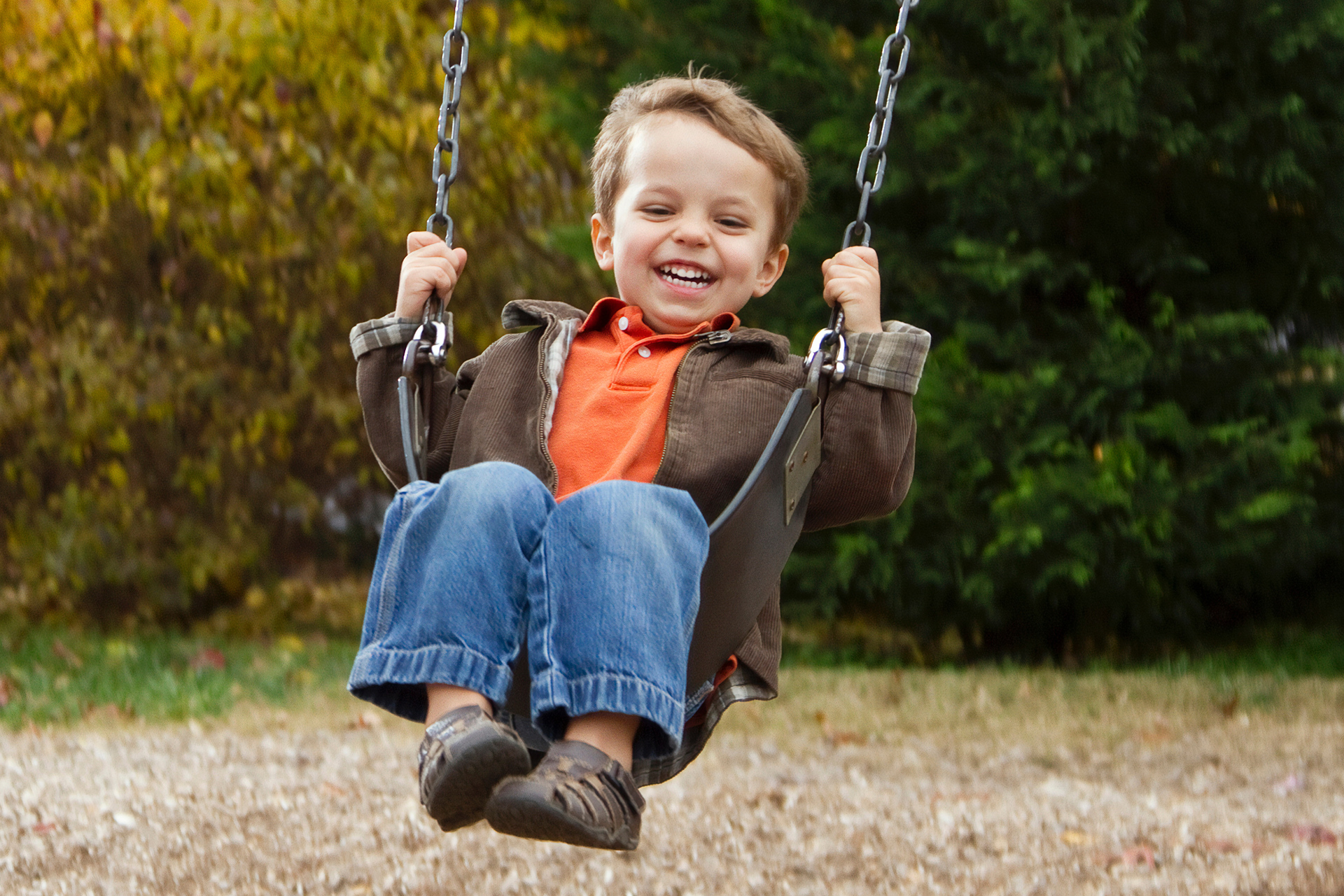Guardianships
Let’s learn about Guardianships and their purpose.
Guardianships are when a court orders someone other than the child’s parent to:- Have custody of the child; or
- Manage the child’s property (called “estate”); or
- Both.
There are 2 types of probate guardianship
Guardianship of the person
In a guardianship of the person, the guardian has the same responsibilities to care for the child as a parent would. That means the guardian has full legal and physical custody of the child and can make all the decisions about the physical care of the child that a parent would make. A guardian can be anyone: relatives, friends of the family, or other people suitable to raise the child can ask to be legal guardians.As a guardian, you are responsible for the child’s care, including the child’s:- Food, clothing and shelter
- Safety and protection
- Physical and emotional growth
- Medical and dental care
- Education and any special needs
- Have a serious physical or mental illness;
- Are in the military and have to go overseas;
- Have to go to a rehab program for a while;
- Are going to jail for a while;
- Have a drug or alcohol abuse problem;
- Have a history of being abusive; or
- Cannot take care of their child for some other reason.
Guardianship of the estate
What is a guardianship of the estate? A guardianship of the estate is set up to manage a child’s income, money, or other property until the child turns 18. A child may need a guardian of the estate if he or she inherits money or assets. In most cases, the court appoints the surviving parent to be the guardian of the child’s estate.Keep in mind, in some cases the same person can be the guardian of the person and of the estate. In other cases, the court will appoint 2 different people.The guardian of the estate must:- Manage the child’s money;
- Make smart investments; and
- Manage the child’s property carefully.
- The child owns or receives valuable property, like if a child inherited a house or a large amount of money.
- A child only owns inexpensive toys and clothing; or
- The child receives social security benefits or TANF/CalWorks (welfare).

